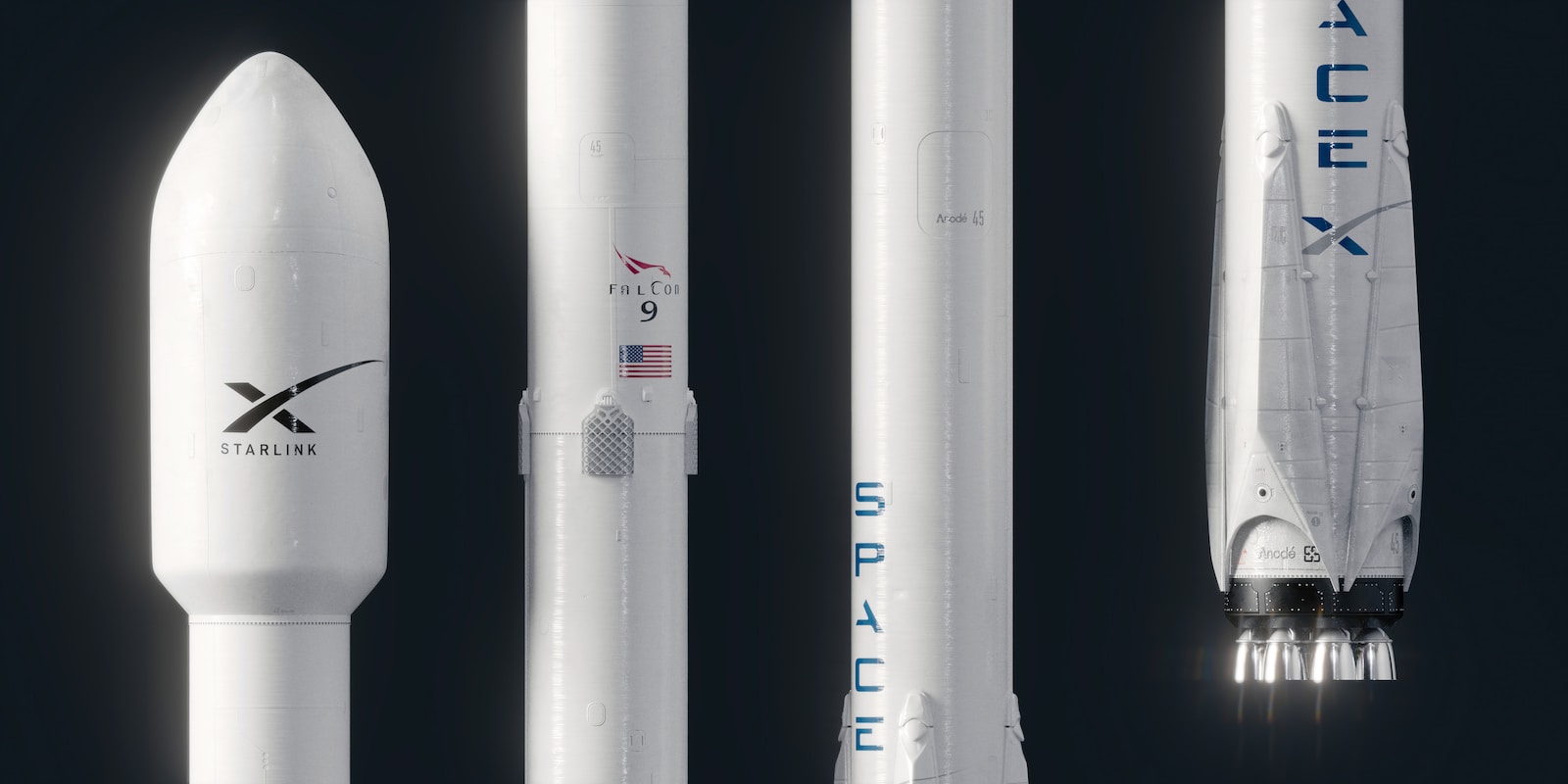Table of Contents
ToggleBullet Points:
- SpaceX’s 2nd Starship launch aims to test the capabilities of reusable rockets, minimizing waste and reducing the cost of space exploration.
- Reusable rockets significantly reduce the environmental impact of space missions by minimizing the need for manufacturing new rockets for each launch.
- The second Starship launch will focus on improving fuel efficiency, reducing emissions, and optimizing flight trajectories to further enhance sustainability.
- SpaceX’s commitment to sustainability extends beyond rocket design, with initiatives to clean up space debris and develop eco-friendly propellants.
- By revolutionizing space travel, SpaceX aims to make space exploration more accessible and inspire future generations to prioritize environmental responsibility.
Introduction:
SpaceX, the visionary aerospace company founded by Elon Musk, is once again pushing the boundaries of space exploration with its second Starship launch. In a world where sustainability is of utmost importance, SpaceX recognizes the need to revolutionize the space industry while minimizing its ecological footprint. This article delves into SpaceX’s 2nd Starship launch plan, highlighting its commitment to sustainability and the far-reaching implications for the future of space travel.
Redefining Space Exploration with Sustainability at the Core:
SpaceX’s mission to make life multiplanetary goes hand in hand with its dedication to sustainability. The 2nd Starship launch represents a significant milestone in the company’s journey toward pioneering reusable rockets. By developing technology that allows rockets to return to Earth and be used multiple times, SpaceX aims to drastically reduce waste and revolutionize the economics of space exploration.
The Second Starship Launch: A Leap Towards Reusable Rockets:
Scheduled for the coming months, the second Starship launch is poised to demonstrate the capabilities of reusable rockets on a larger scale. This ambitious endeavor involves testing various aspects of rocket reusability, such as safe landing procedures and refurbishment processes. Through meticulous planning and engineering, SpaceX aims to fine-tune the technology required to make reusable rockets a standard practice in space missions.
Environmental Benefits of Reusable Rockets:
Reusable rockets hold immense potential for mitigating the environmental impact of space exploration. Traditionally, rockets were single-use, resulting in significant waste and resource consumption with each launch. By enabling rockets to return to Earth and be refurbished for subsequent missions, SpaceX reduces the need for manufacturing new rockets, thereby minimizing waste and lowering the carbon footprint associated with space travel.
Optimizing Fuel Efficiency: A Game-Changer for Space Travel:
SpaceX’s commitment to sustainability extends beyond rocket reusability. The second Starship launch focuses on optimizing fuel efficiency, reducing emissions, and maximizing the efficiency of flight trajectories. By employing advanced propulsion systems and innovative engineering techniques, SpaceX aims to minimize fuel consumption, resulting in reduced greenhouse gas emissions and a more sustainable approach to space travel.
SpaceX’s Vision for a Sustainable Future in Space:
SpaceX’s dedication to sustainability is not limited to rocket design. The company actively pursues initiatives to address the growing issue of space debris, working towards cleaner and safer orbits for future space missions. Additionally, SpaceX is investing in research and development to create eco-friendly propellants that minimize environmental harm while maintaining optimal performance.
In conclusion, SpaceX’s 2nd Starship launch plan represents a groundbreaking step toward achieving sustainable space exploration. By pioneering reusable rockets, optimizing fuel efficiency, and embracing a broader vision for a sustainable future, SpaceX sets a shining example for the industry. As we venture further into the cosmos, let us remember the importance of preserving and protecting our planet, even as we reach for the stars.







